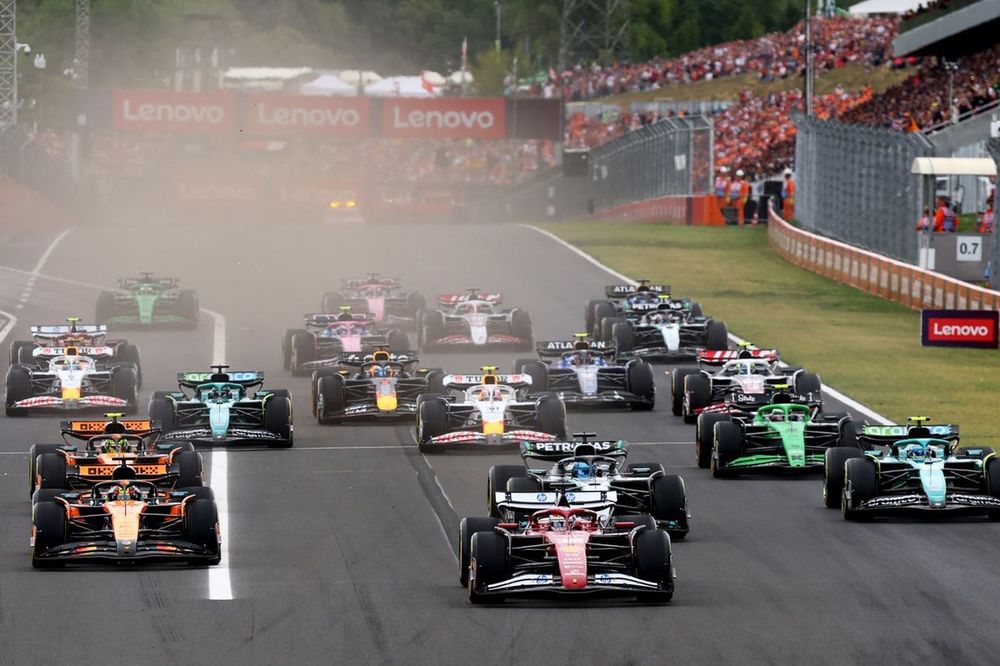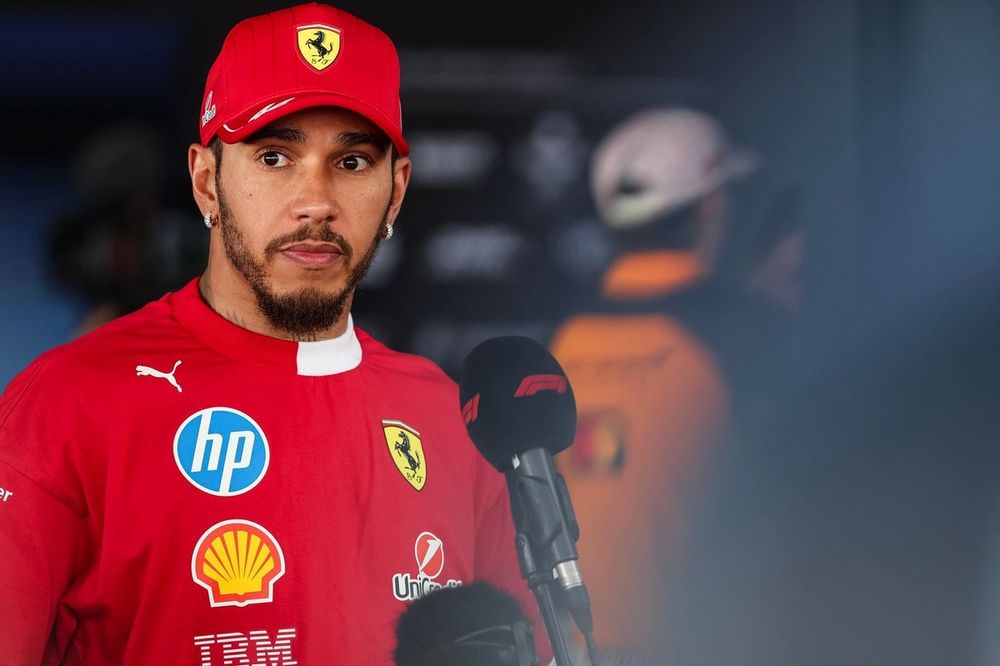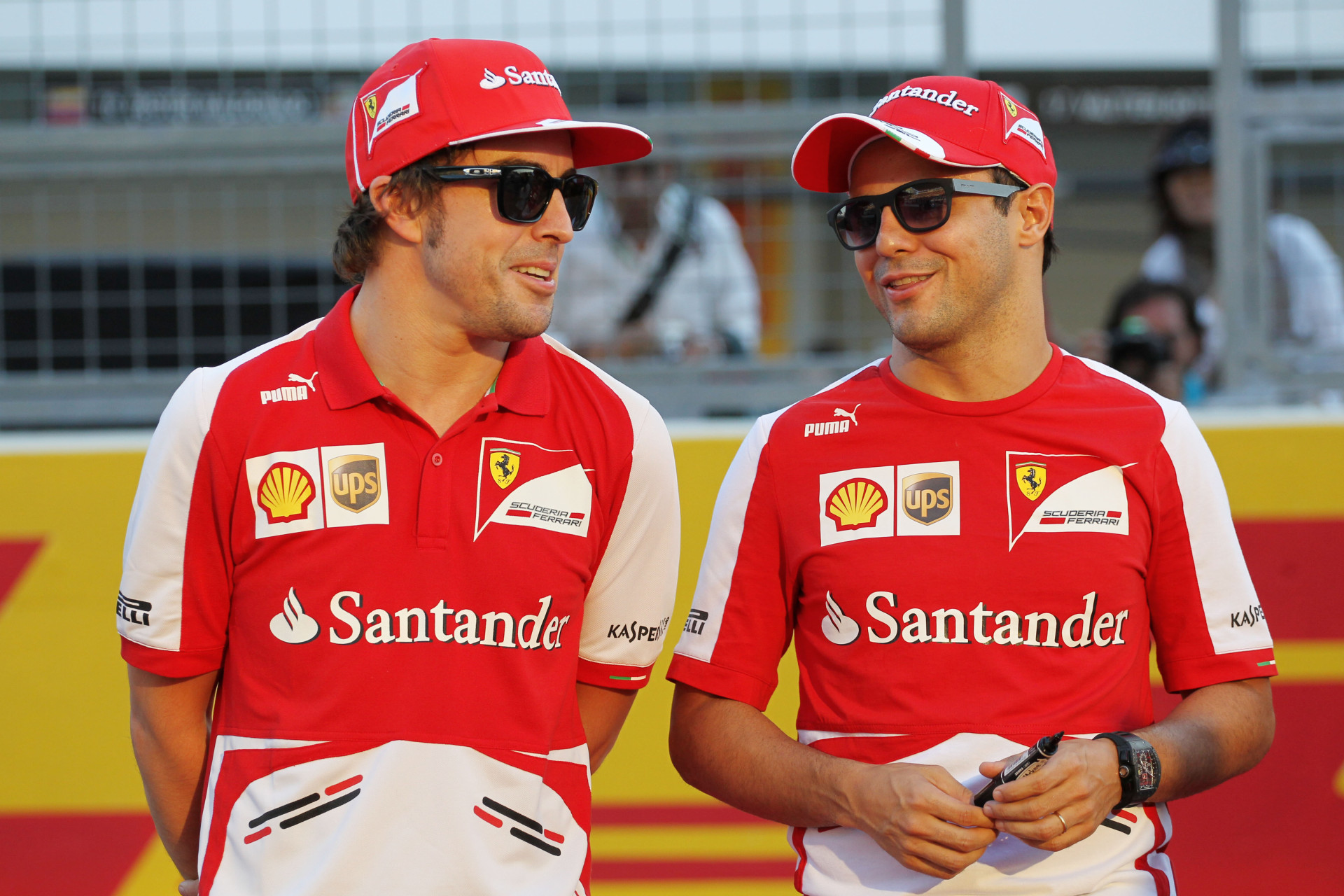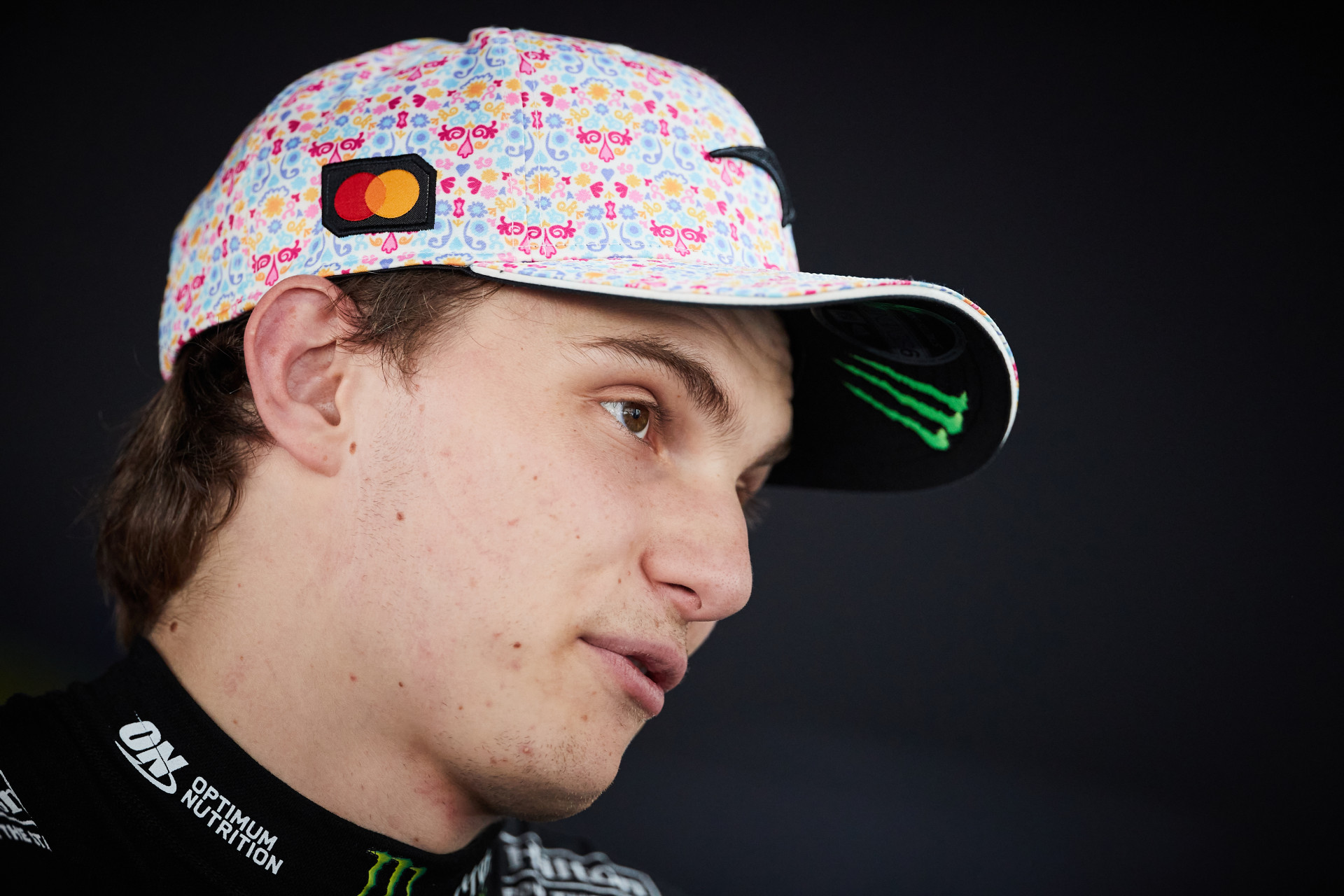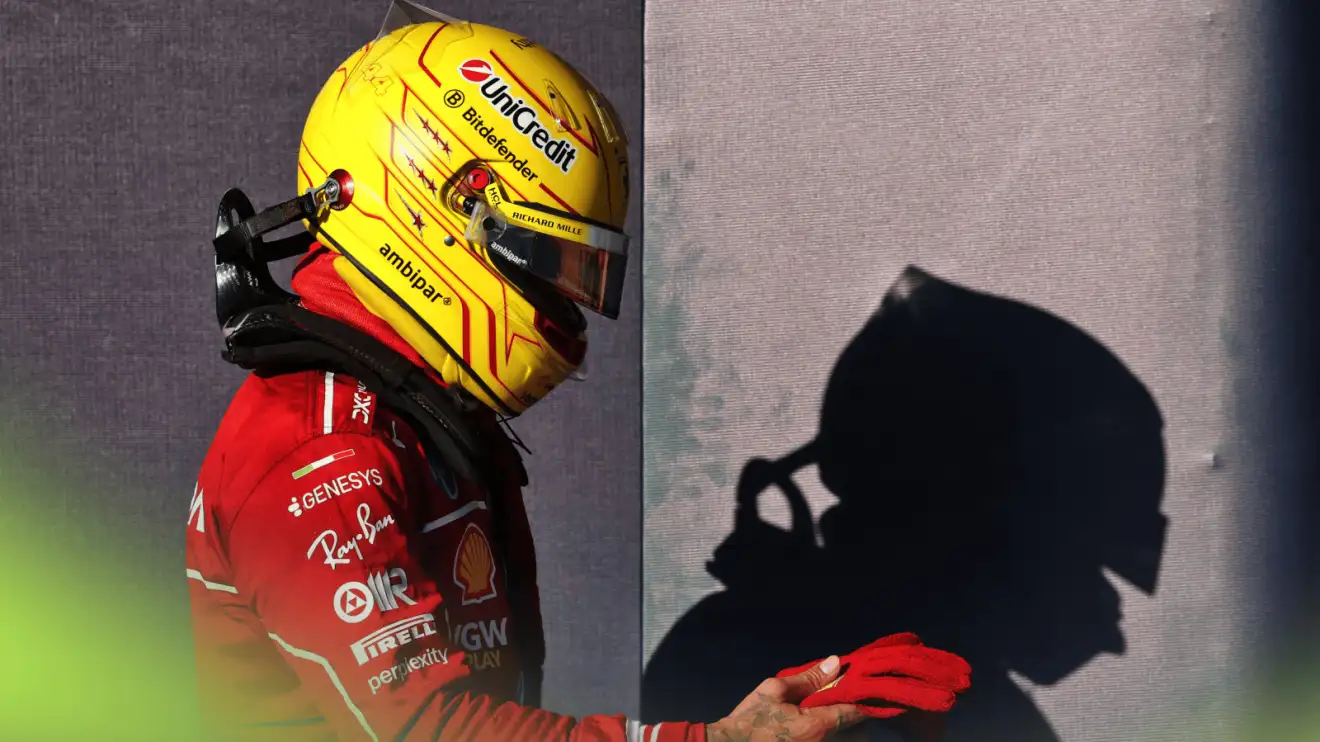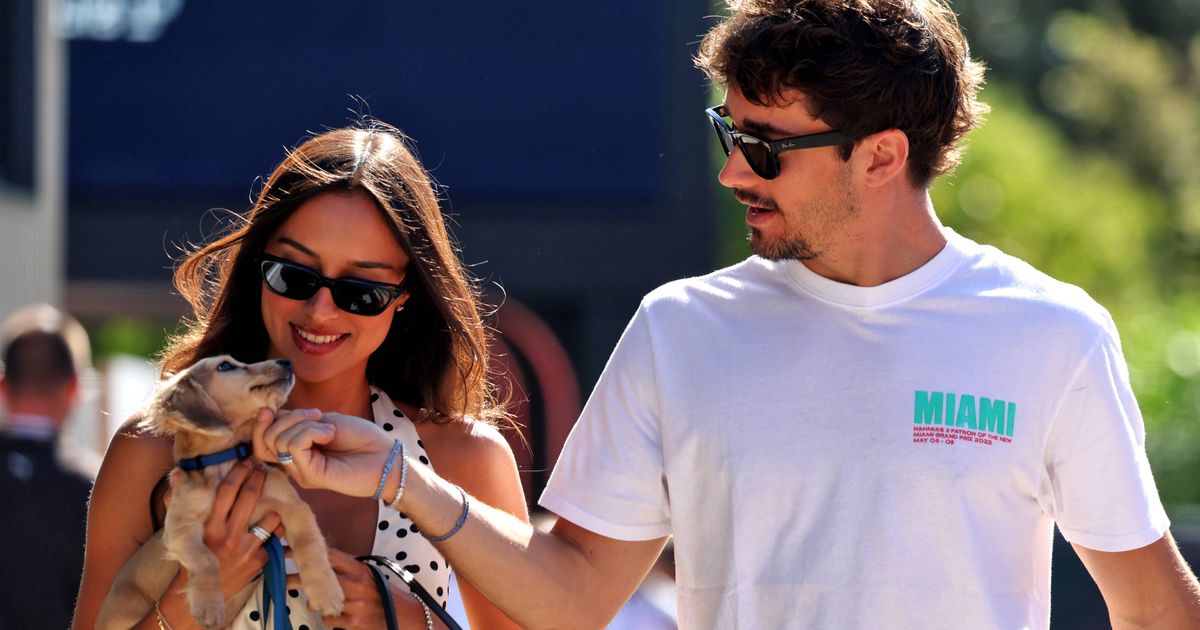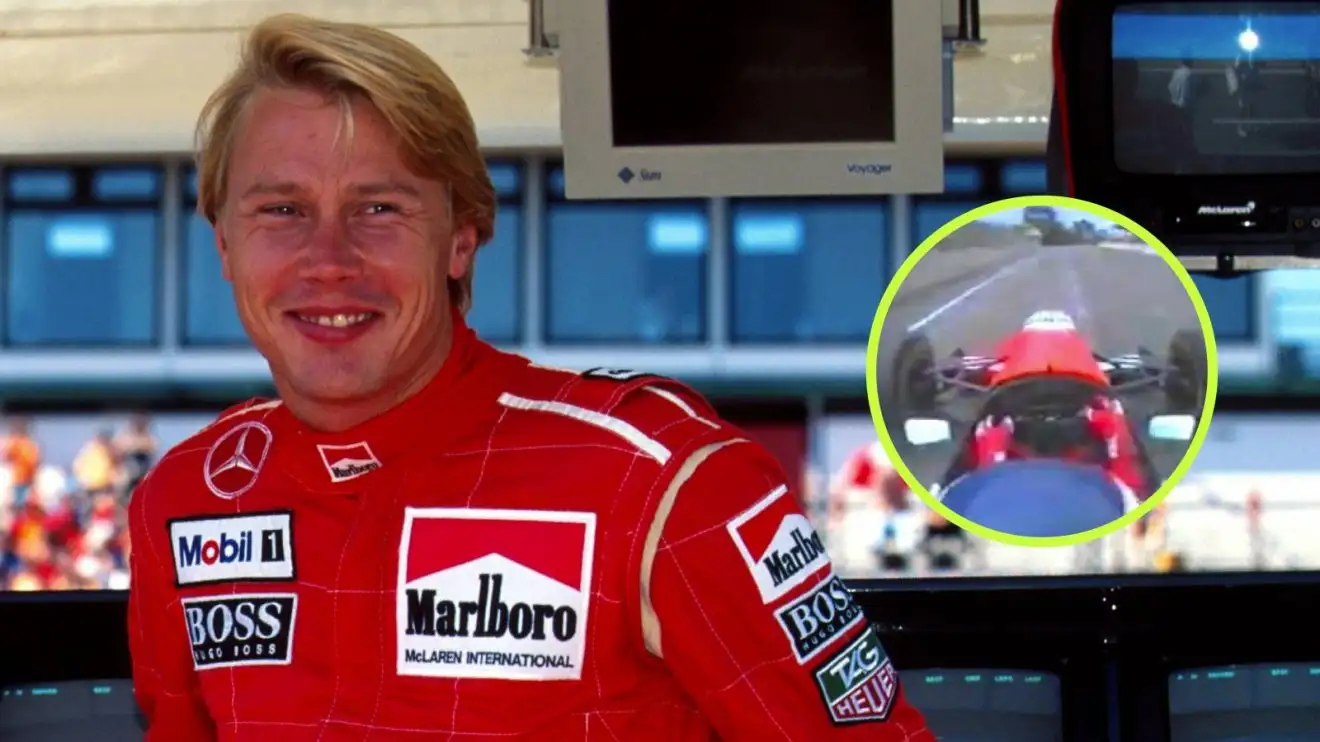
Mika Häkkinen Recalls Life-Threatening Adelaide Crash 30 Years On
Thirty years ago this month, Mika Häkkinen survived one of Formula 1's most horrific non-fatal accidents during qualifying for the 1995 Australian Grand Prix in Adelaide. The two-time F1 World Champion (1998, 1999) recounted the harrowing details, from the impact to an emergency tracheotomy, in a recent interview, emphasizing how the incident profoundly shaped his life and career.
Why it matters:
Häkkinen's near-death experience is a stark reminder of F1's inherent dangers, particularly in an era before modern safety innovations like the HANS device. His miraculous recovery and subsequent two world championships underscore an extraordinary level of determination and resilience, making his story a pivotal moment in F1 history and a testament to the advancements in medical and trackside safety.
The Details:
- The Crash: During the first qualifying session for the 1995 Australian Grand Prix, Häkkinen suffered a sudden tire failure at Brewery Bend, a 120mph right-hand kink. His McLaren hit the exit kerbs, launched into the air, and, after skipping the gravel trap, slammed into the tire barriers at high speed. Häkkinen vividly remembers his head violently colliding with the steering wheel and cockpit sides.
- Immediate Aftermath: Despite suffering a fractured skull and internal bleeding, Häkkinen remained conscious immediately after the impact. He recalled being unable to move his limbs and instinctively telling himself to remain calm and wait for help.
- Life-Saving Intervention: Volunteer doctors Jerome Cockings (intensive care specialist) and Steve Lewis (neurosurgeon) were the first responders. Recognizing his blocked airway and imminent danger of brain damage, Cockings performed an emergency tracheotomy with a surgical knife, a procedure Häkkinen remembers causing intense pain before he lost consciousness.
- Professor Sid Watkins' Role: F1's senior doctor, Professor Sid Watkins, arrived shortly after and played a critical role in stabilizing Häkkinen's condition, even intervening twice to restart his heart.
- Family Reaction: Häkkinen's family in Finland woke to the news and saw graphic photos in newspapers, leading to immense distress, though they had always supported his racing career despite the risks.
The Journey of Recovery:
Häkkinen regained consciousness the day after the accident, enduring heavy medication, vomiting blood, and the initial shock of seeing tubes and pipes everywhere. McLaren team boss Ron Dennis and his then-wife Lisa visited him, and Häkkinen initially mistook Lisa for an angel, a moment that highlighted the severity of his condition.
- Diagnosis & Rehabilitation: He spent over a month in the hospital, undergoing numerous tests to assess brain function and nerve damage. One side of his face was paralyzed, and nerve tests, which involved needles, were excruciating. He also suffered hearing loss due to broken bones in his ears, requiring two operations to implant artificial bones.
- Mental Battle: Recovery was a slow process, marked by constant headaches once medication was reduced. Häkkinen questioned his future, wondering if he would ever live a normal life, not just race again. He described feeling physically and mentally drained throughout 1996, his first season back.
Return to F1 and New Perspective:
Despite his physical and mental struggles, Häkkinen decided to return to racing, driven by his lifelong dream and confidence in his talent. His family and management supported his decision.
- The Paul Ricard Test: Just 87 days after his crash, Häkkinen undertook a crucial test at Paul Ricard. He was nervous, especially seeing his mechanics' concerned faces due to his significant weight loss and partially paralyzed face. However, once in the car, his instinct took over, and he immediately pushed to the limit, setting a time half a second faster than Michael Schumacher's previous day.
- Post-Accident Challenges: The 1996 season was physically and mentally grueling. He constantly battled exhaustion and had to push beyond his limits, especially with a competitive new teammate, David Coulthard, who was “kicking my ass.”
- Path to Championships: It took Häkkinen until mid-1997 to feel fully strong and confident again. By 1999, he felt he was at his absolute peak. He went on to win two consecutive world championships in 1998 and 1999, rewarding McLaren for their faith.
- Retirement Decision: Häkkinen retired at the end of 2001, citing the risk of another severe accident. His mind increasingly focused on the dangers of racing and life outside of F1. He desired to explore other aspects of life, recognizing that being a champion required 100% dedication, leaving no room for anything else.
What's Next:
Häkkinen's near-fatal crash profoundly changed him as a person. He became less selfish, listened more, and appreciated life and time with people. While it didn't alter his risk-taking attitude on track, it made him more reflective. He continues to be a beloved figure in the F1 paddock, advocating for open discussion about trauma. His recovery story, culminating in two world titles, is an enduring inspiration within motorsport, demonstrating how even the most devastating setbacks can be overcome with immense will and support. His significant financial donation to build a helipad at Royal Adelaide Hospital stands as a lasting legacy of his gratitude for the care that saved his life.
Original Article :https://www.planetf1.com/news/mika-hakkinen-1995-australian-grand-prix-adelaide-...


